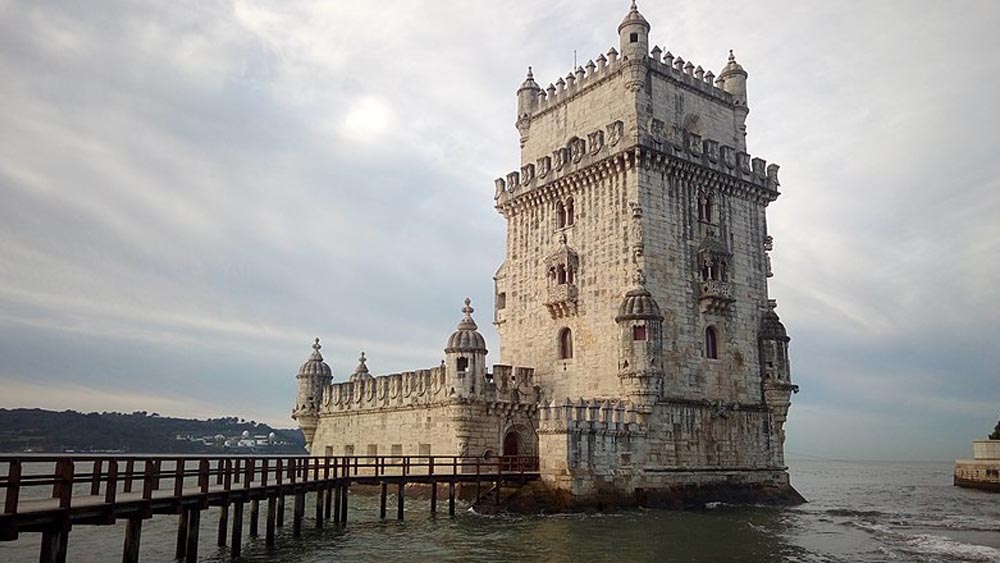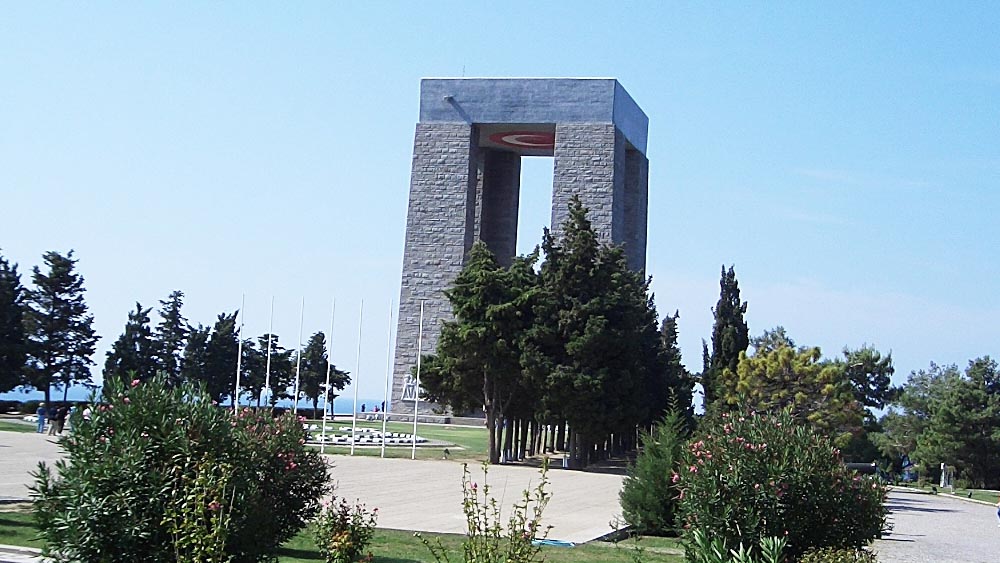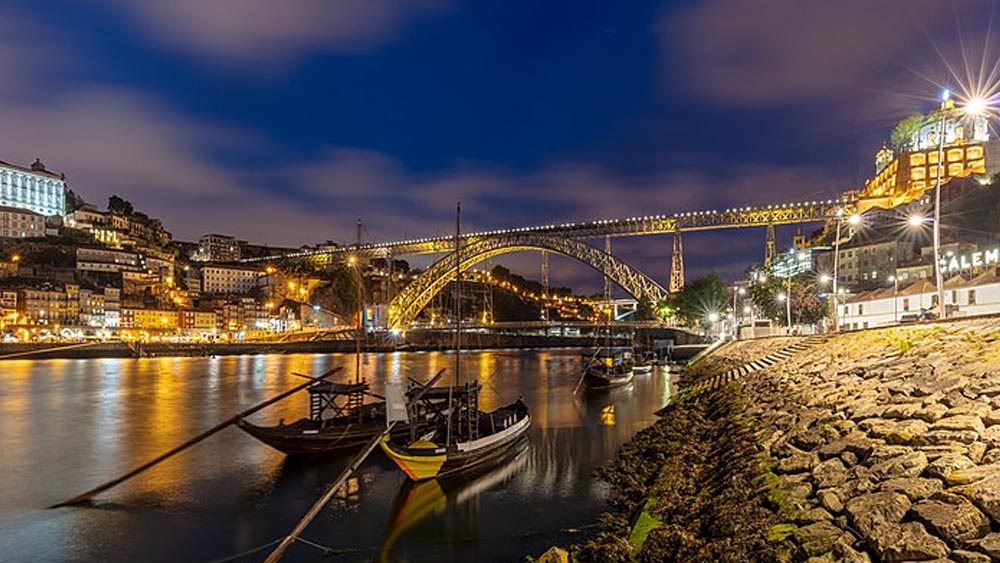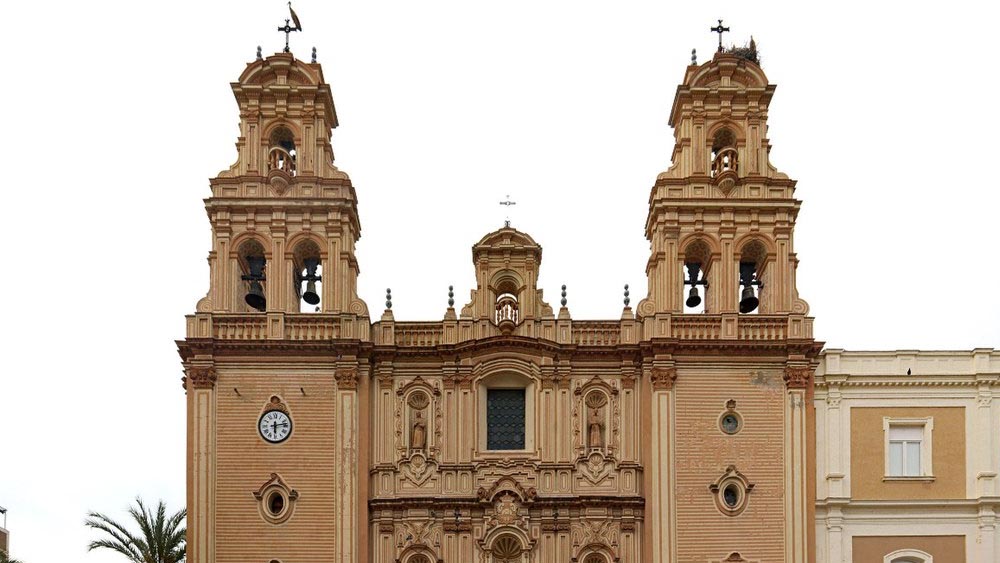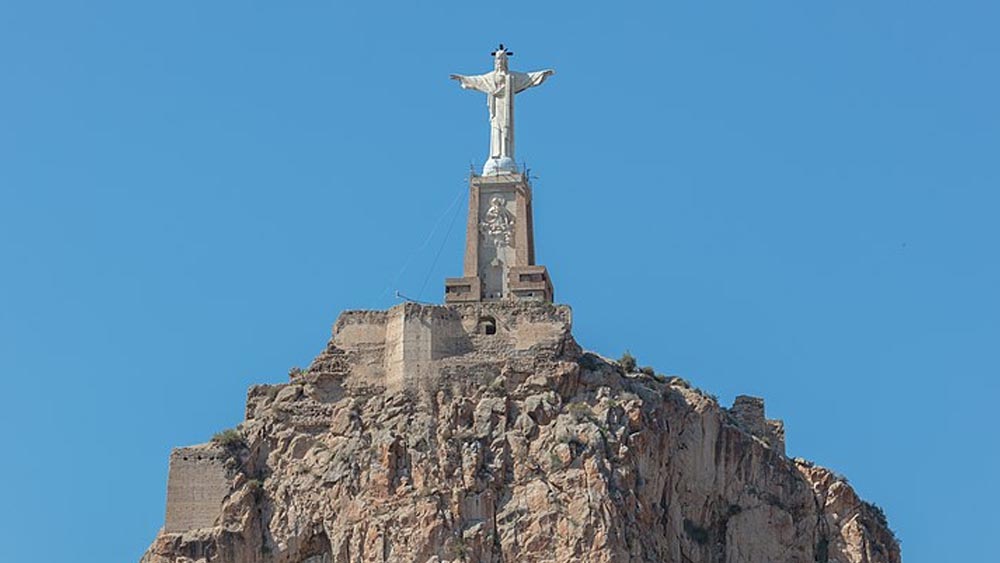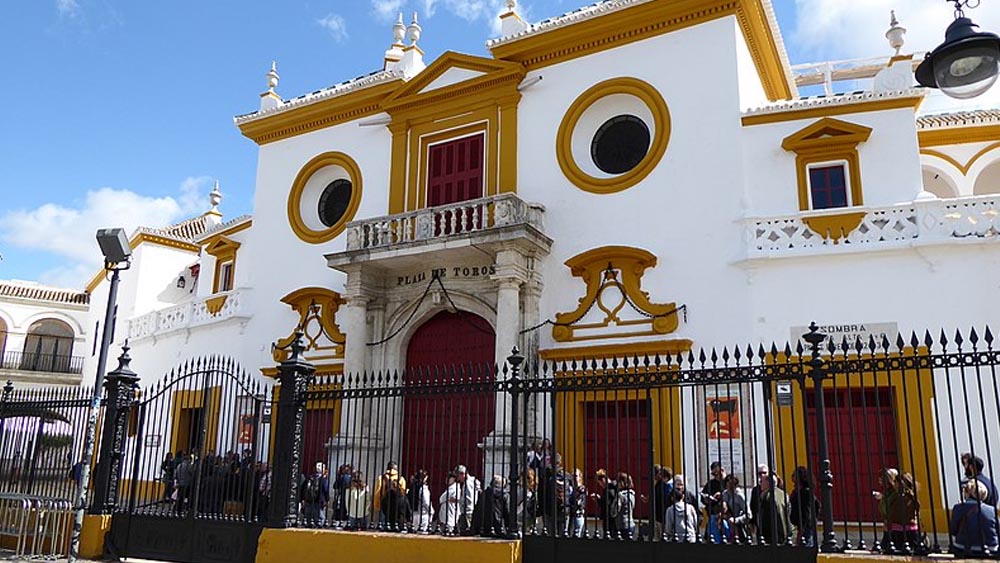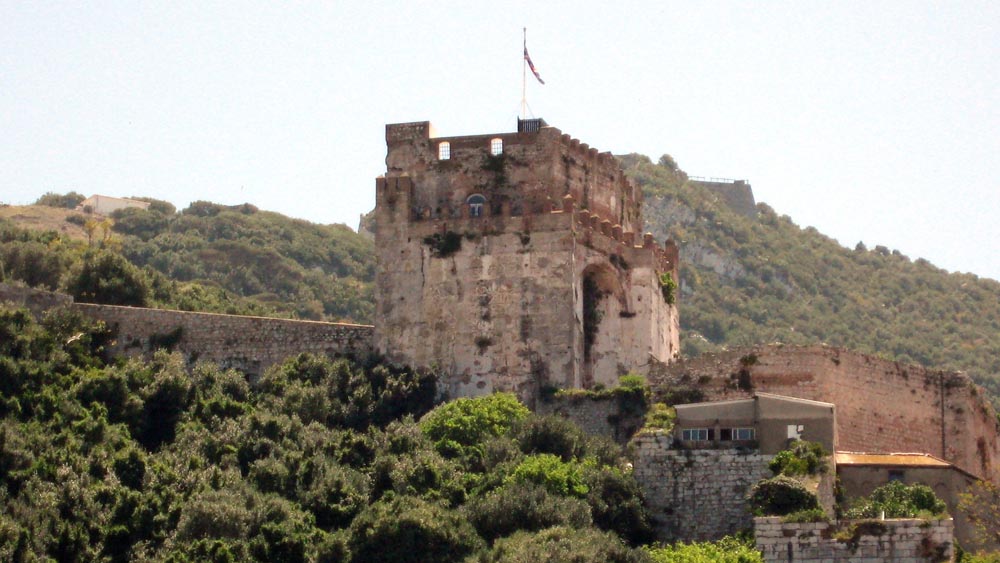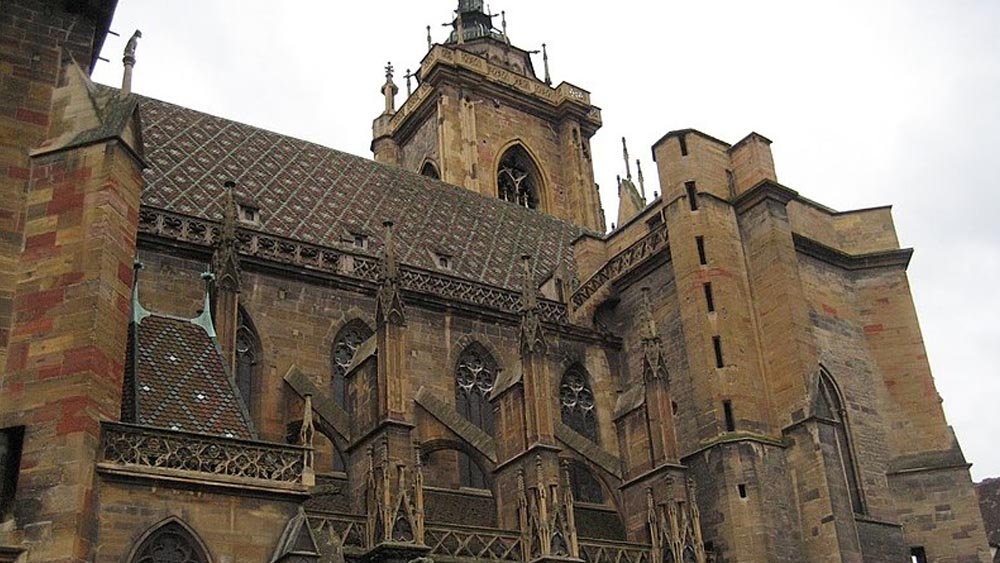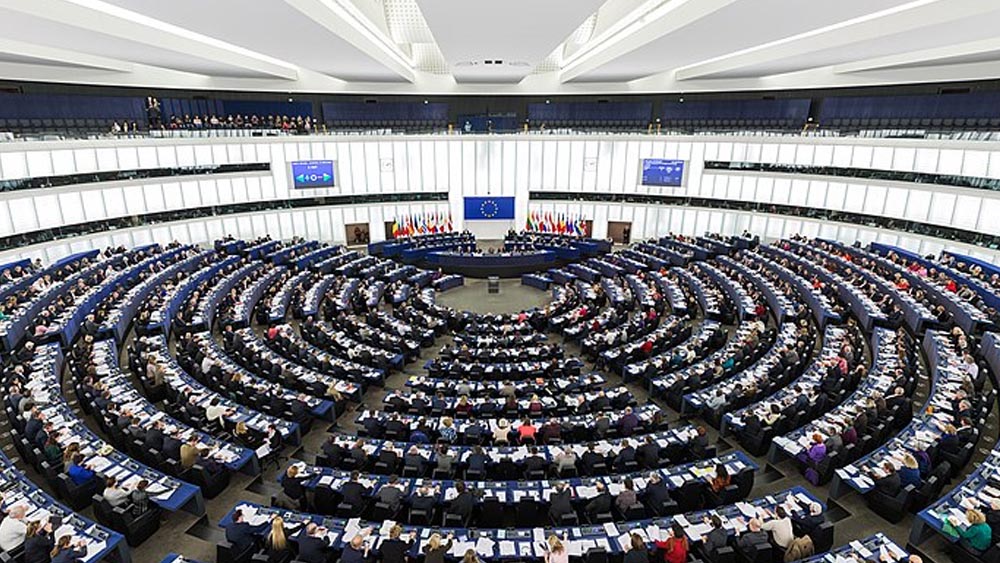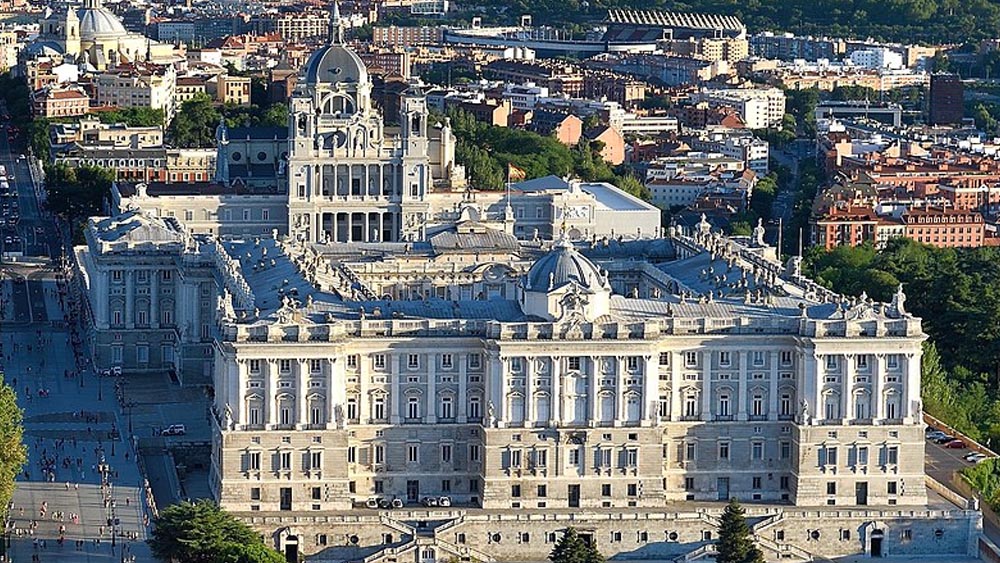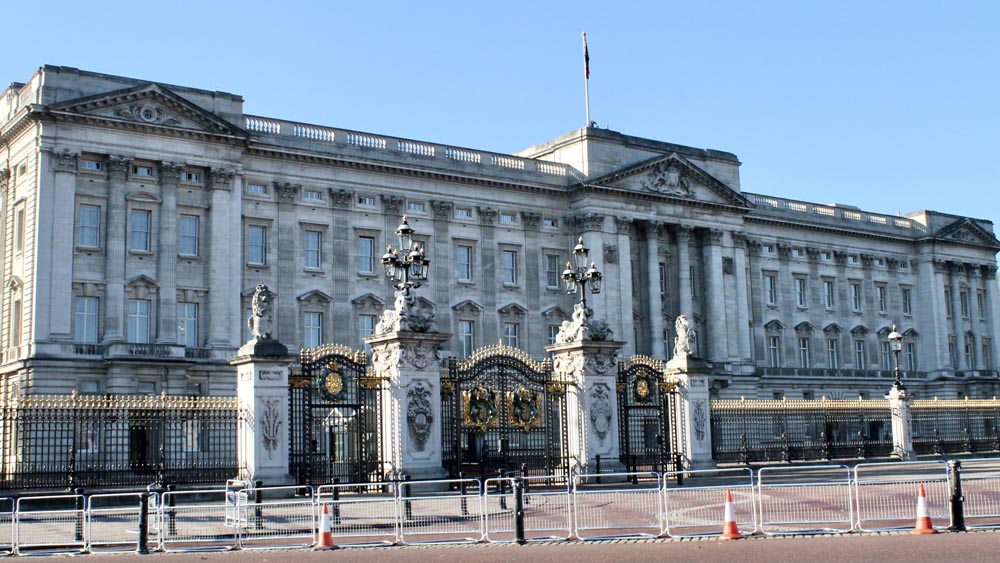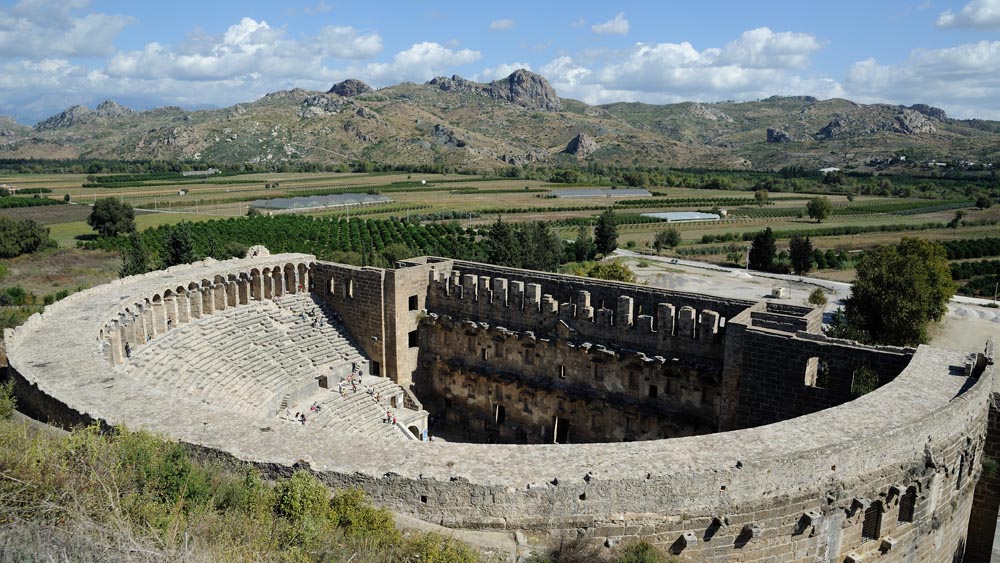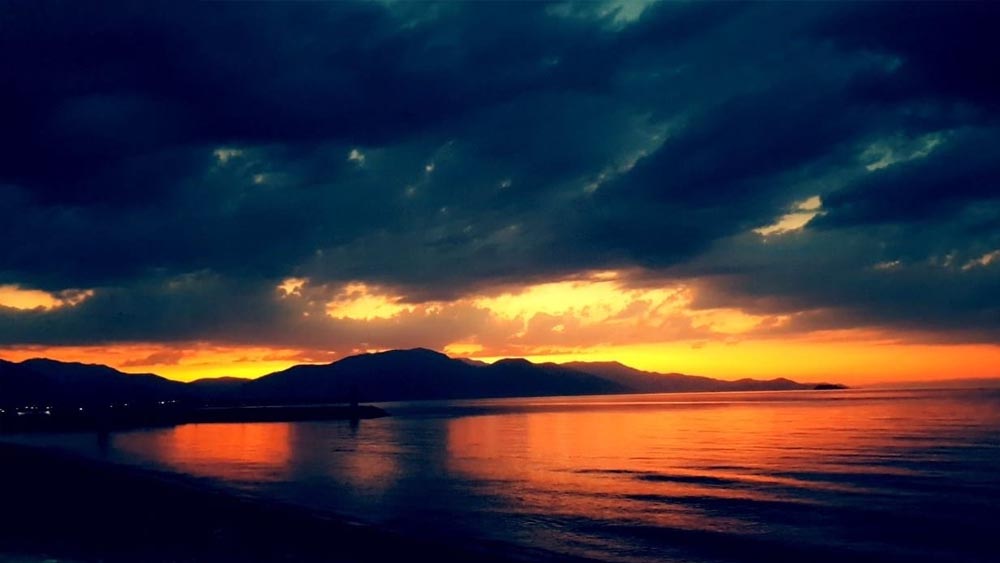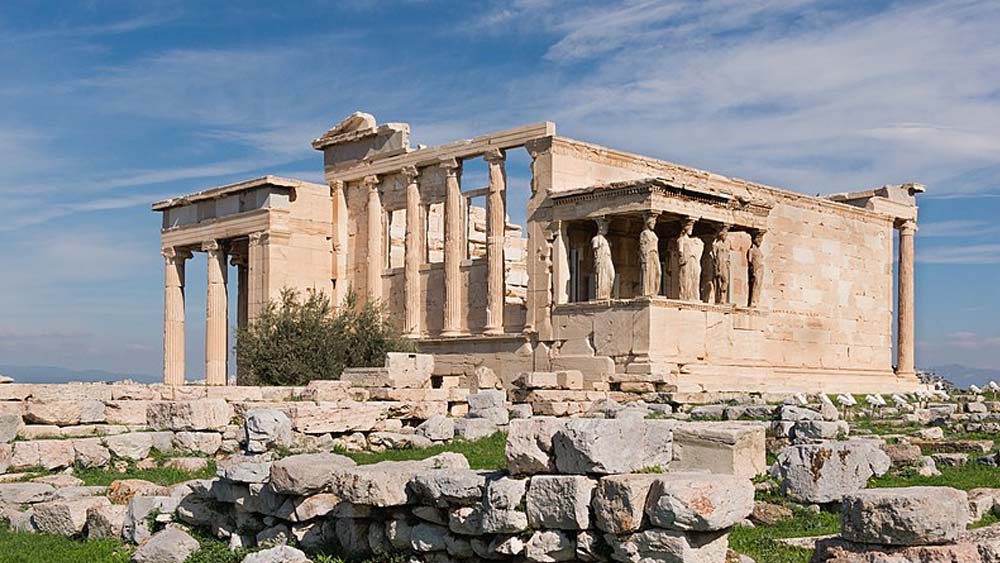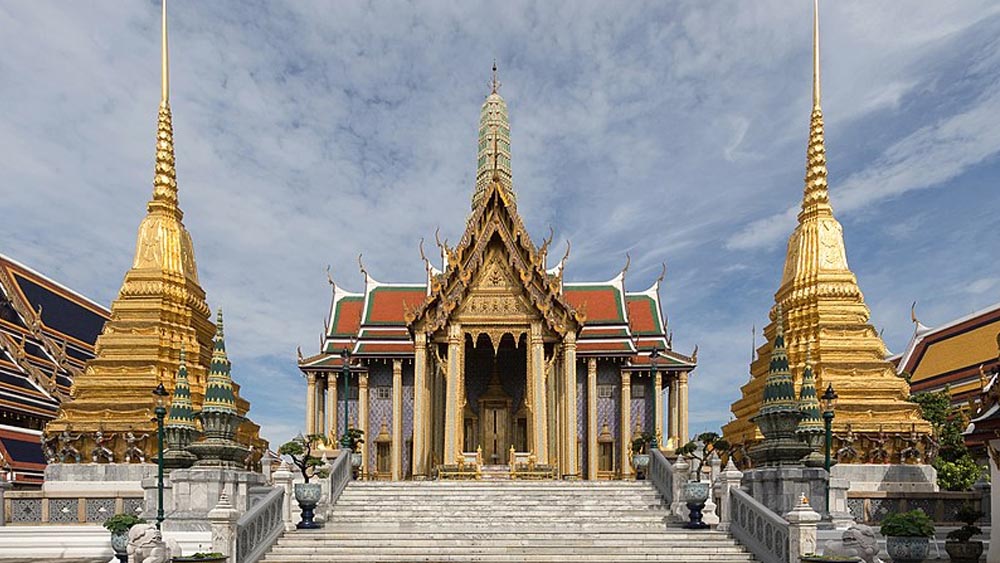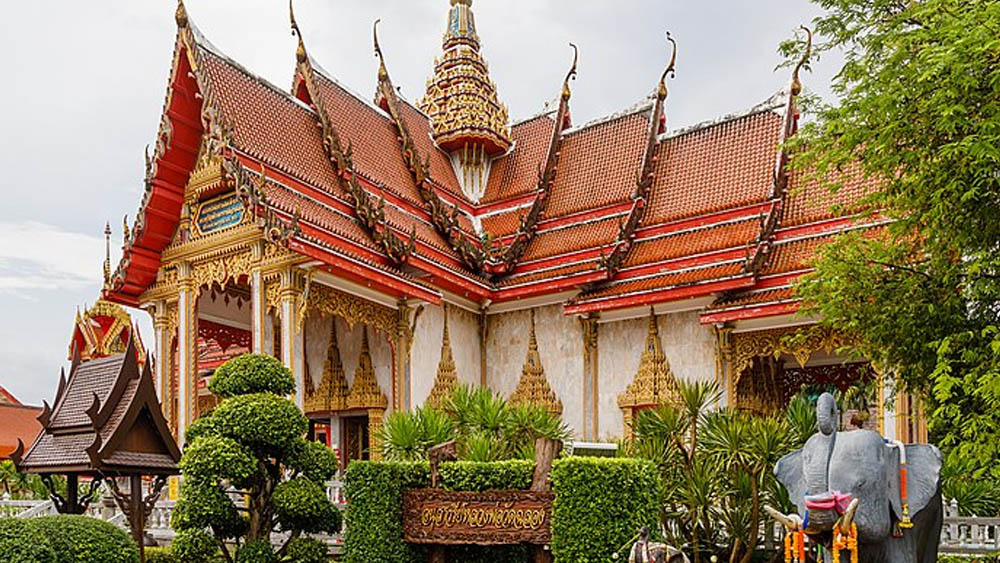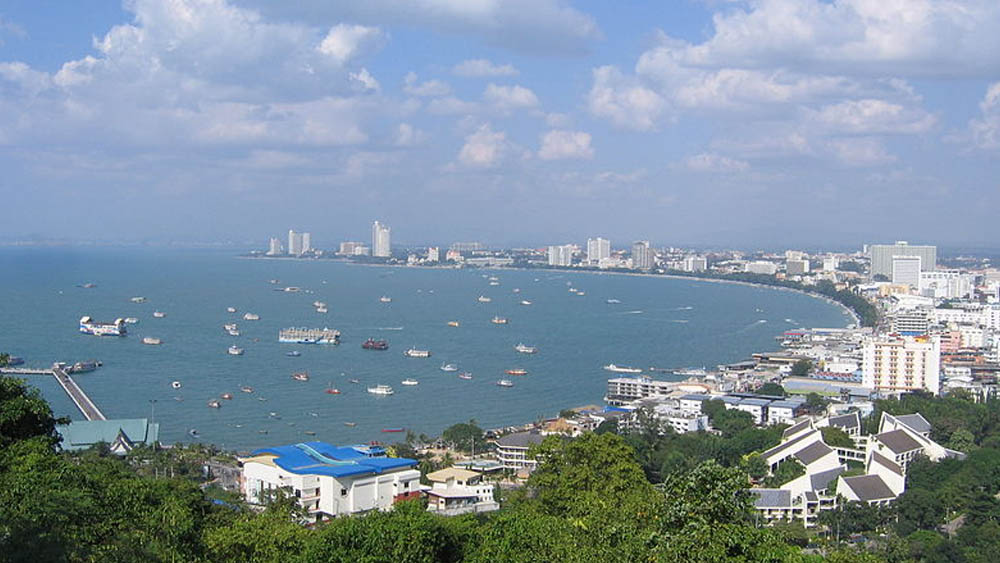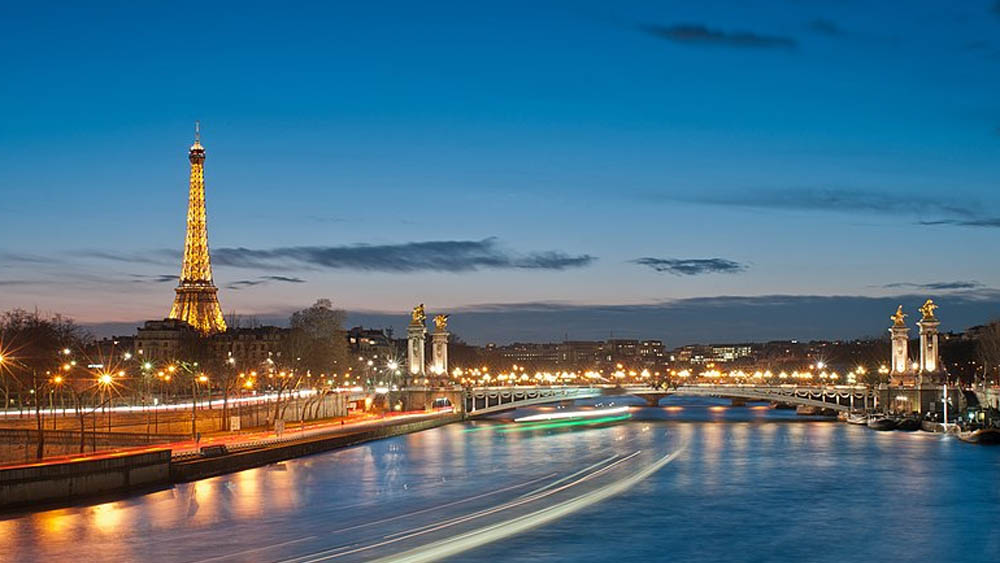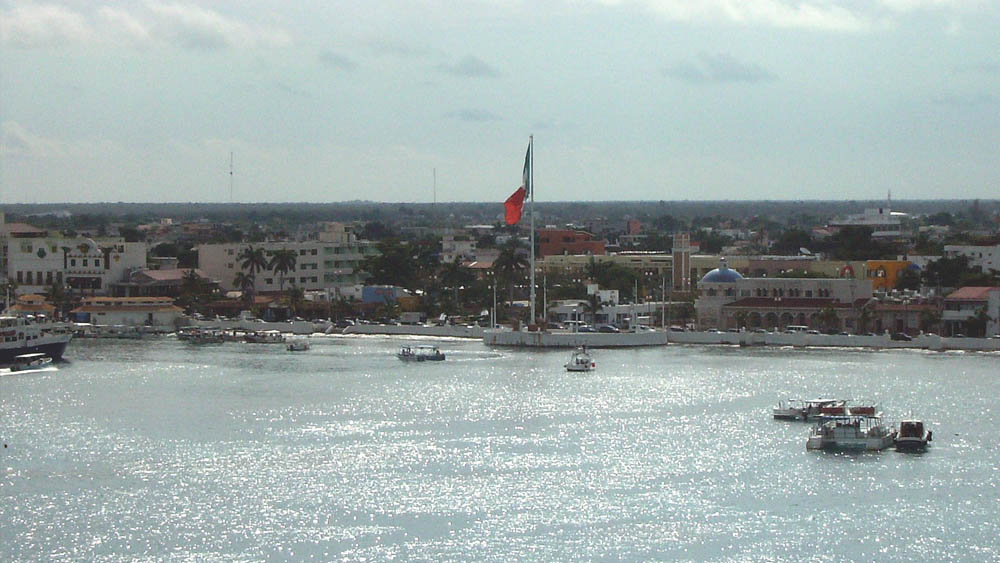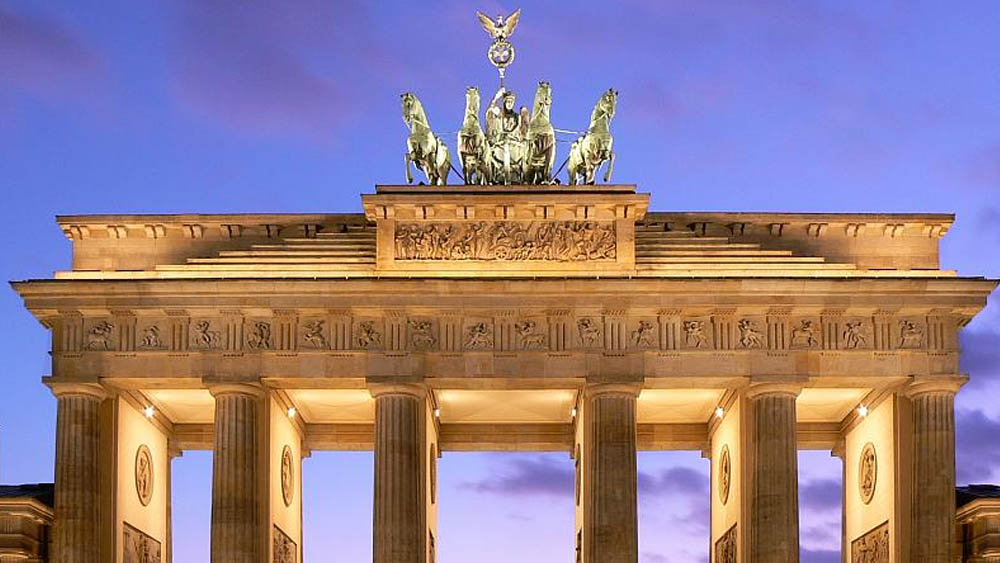Munich is the capital of the Bavaria state in Germany and is one of the country’s most popular tourist destinations. It is renowned for its historical and cultural treasures, vibrant atmosphere, and unique architecture. In this article, we will explore 10 iconic places that you must see in Munich.

Marienplatz:
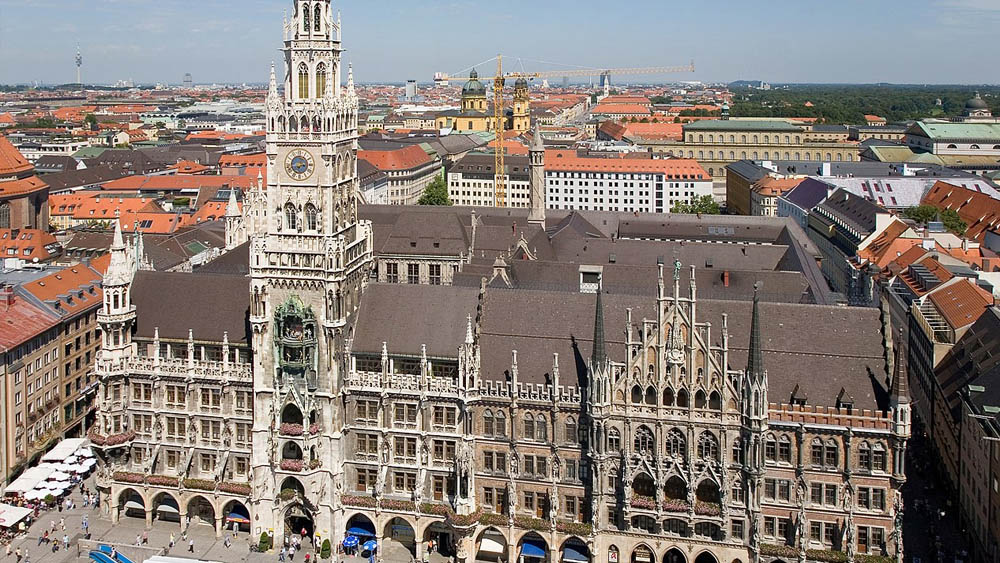
Marienplatz, one of Munich’s most famous squares, is considered the historical and cultural center of the city. It takes its name from the Marian column located on it and is regarded as the heart of Munich. The square serves as a gathering point for both locals and visitors and is the hub of important events and festivals in the city.
It captures attention with its historical buildings and striking architecture. The most prominent structure on the square is the Old Town Hall, which was constructed in the 15th century. This Gothic-style building is known for its remarkable towers and the Rathaus-Glockenspiel (Town Hall Carillon), famous for its bell chimes. At specific times each day, the bell chimes attract the interest of tourists and locals alike.
Additionally, the New Town Hall can be found there. Built in the 19th century, this structure is a blend of Gothic and neo-Gothic styles. The New Town Hall is recognized for the Münchner Kindl (Munich Child) statue, which is the symbol of Munich, located atop its tower.
The streets surrounding Marienplatz are ideal for shopping, dining at restaurants, and experiencing the energy of the city. Various shops, boutiques, cafes, and restaurants on the square offer visitors opportunities for shopping and relaxation.
Marienplatz, along with being a center of Munich’s historical and cultural heritage, exudes a lively and vibrant atmosphere. The architecture of the buildings surrounding the square creates an ambiance that reflects the city’s past. The events, concerts, and festivals held on the square provide visitors with unforgettable experiences.
For travelers to Munich, Marienplatz is an essential stop. It captivates everyone with its historical and cultural treasures, vibrant atmosphere, and impressive structures. By visiting Marienplatz, you can feel the energy in the heart of Munich and closely experience the spirit of the city.
Frauenkirche:

Frauenkirche is one of the most renowned churches in Munich and is considered an icon of the city. As one of the largest Gothic-style churches in Germany, Frauenkirche signifies the historical and religious significance of Munich.
Construction of Frauenkirche began in 1468 and was completed 20 years later. The church stands out prominently in Munich’s skyline with its two colossal towers. These towers have become symbols of Munich and are an integral part of the city’s panoramic views.
The interior of the church is also mesmerizing. It features high Gothic arches, stained glass windows, and adorned details in the central nave. One of the most famous features of Frauenkirche is the “Teufelstritt” or Devil’s Footstep. According to legend, the devil left his footprint on the marble floor near the entrance. This intriguing element has become a popular tourist spot among visitors to the church.
Frauenkirche is also the cathedral of the Archdiocese of Bavaria. Therefore, it is used for religious ceremonies and events. The church serves as a place of worship for both locals and tourists. Additionally, it comes to life with organized concerts and other cultural events.
Frauenkirche is an important place that must be seen to experience the historical and cultural richness of Munich. Being captivating from both a religious and architectural perspective, this church is a symbolic emblem of Munich. Visitors can feel the serene atmosphere inside the church, explore its historical and artistic details, and enjoy the magnificent view from the towers.
Nymphenburg Palace:

Nymphenburg Palace is one of the most famous and impressive palaces in Munich. Constructed in the Baroque style, this magnificent structure is a part of the city’s historical and cultural heritage. The palace is located within the Nymphenburg Park, renowned for its natural beauty.
The construction of the palace began in the early 17th century and was gradually expanded to its current grandeur. Nymphenburg Palace served as the summer residence for the imperial Wittelsbach family and exudes an atmosphere of luxury and elegance.
The interior of the palace is adorned with rich furnishings, valuable paintings, porcelain collections, and works of art. Visitors wandering through the palace’s various rooms get lost in a historical ambiance. One of the most famous rooms in the palace is the stunning Hall of Mirrors. This hall is renowned for its captivating mirror decorations and remarkable ceiling frescoes.
The gardens of Nymphenburg Palace are also enchanting. Spanning a vast area, Nymphenburg Park is filled with beautiful flower gardens, ponds, sculptures, and expansive green spaces. You can take a leisurely stroll, have a picnic, or simply enjoy the natural beauty. The park also features small pavilions and performance areas that attract visitors’ attention.
Nymphenburg Palace is an essential stop for travelers to Munich. This splendid palace offers a combination of historical and natural beauty, transporting visitors to the enchanting atmosphere of the past. Whether exploring the palace’s interior or wandering through the gardens, you can have a rich experience filled with history and art. Nymphenburg Palace is a significant part of Munich’s cultural and historical treasures.
Viktualienmarkt:
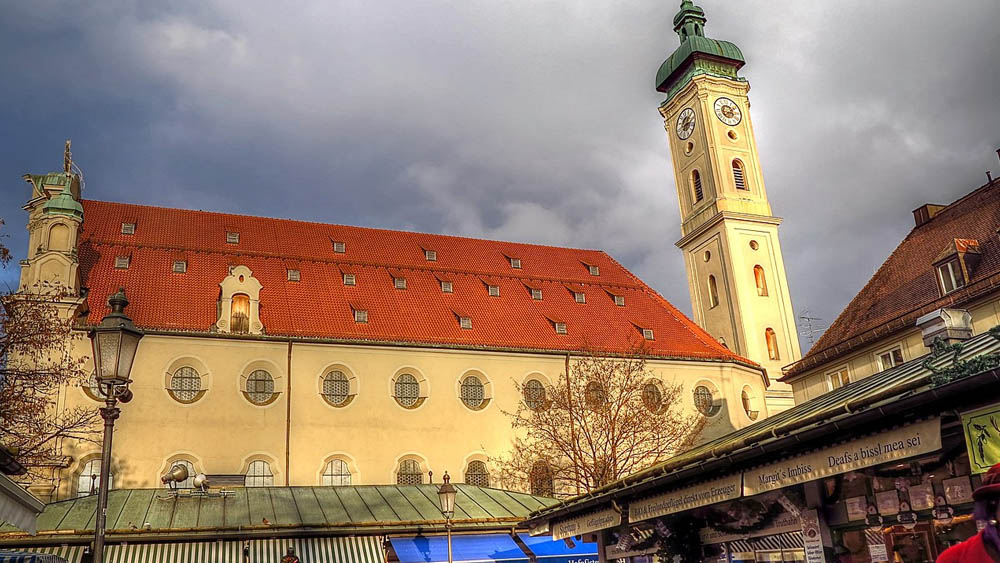
Viktualienmarkt is one of the most famous open-air markets in Munich and is located in the heart of the city. This colorful and vibrant market is known as a place where local products are sold, and delicious food and fresh produce can be found. Visitors can shop, taste local delicacies, and experience the lively atmosphere of Munich.
Established in the 19th century, Viktualienmarkt has been a popular destination for locals and tourists ever since. The market offers a wide variety of fruits and vegetables, fresh seafood, meat products, cheeses, wines, spices, flowers, and much more. Most of the products are supplied by local farmers and producers, ensuring quality and freshness.
The market is not only a place for shopping but also serves as a social gathering point. Various restaurants, cafes, and beer gardens surround the market. Visitors can enjoy a delicious lunch, sip on beers, and experience the bustling atmosphere of the surroundings. Especially on sunny days, the market area comes alive with energy.
Viktualienmarkt is an important part of Munich’s culture. It carries the traces of local life and traditions. Additionally, it plays a significant role during Munich’s famous Oktoberfest. The market is also used for special events, concerts, and festivals, providing visitors with an extra experience.
We recommend everyone traveling to Munich to visit Viktualienmarkt. Here, you can shop, taste local delicacies, and feel the vibrant atmosphere of Munich. Viktualienmarkt is a place where fresh produce, colorful stands, and delicious food come together. It is a part of Munich’s gastronomy and cultural heritage, offering visitors an unforgettable experience.

English Garden:
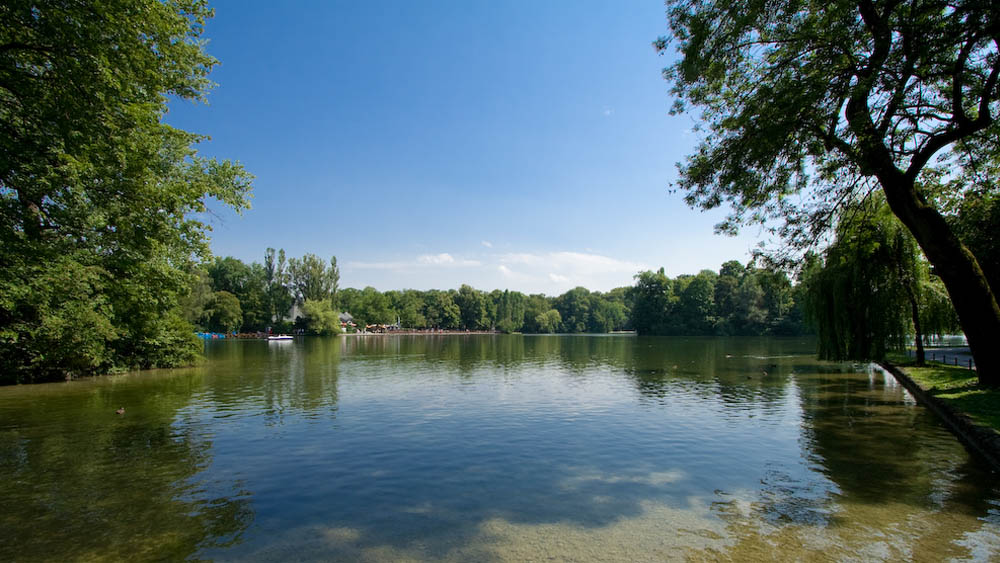
The English Garden (Englischer Garten) is a charming city park located in Munich, Germany. It is one of the largest city parks in the world, known for its vast green spaces, beautiful landscapes, and peaceful atmosphere. It is a beloved recreational area for both locals and visitors.
The English Garden spans over 910 acres and is perfect for activities such as picnicking, walking, cycling, running, or simply enjoying nature. As you wander through the park, you will come across magnificent ponds, colorful flower gardens, wooded areas, and scenic walking paths.
The park also features many activities and points of interest. The Eisbach Wave, located on the Eisbach River, is a popular spot that attracts surfers and spectators. The artificially created waves offer an exciting surfing experience. Additionally, you can explore other notable landmarks such as the Greek temple-like structure called Monopteros, the Japanese Garden, and the Seehaus restaurant.
One of the most famous features of the English Garden is the “White Beer Garden,” a wide open space that extends from the Bavarian Royal Palace (Residenz) to the Hofgarten. Here, you can experience traditional Bavarian beer culture and sit back to enjoy a beautiful day.
The English Garden is a must-visit during your trip to Munich. Here, you can immerse yourself in nature, relax, and escape the hustle and bustle of city life. The beauty, tranquility, and variety of activities in the park provide an enjoyable experience for everyone. We recommend that everyone traveling to Munich explores the English Garden.
Residenz Museum:
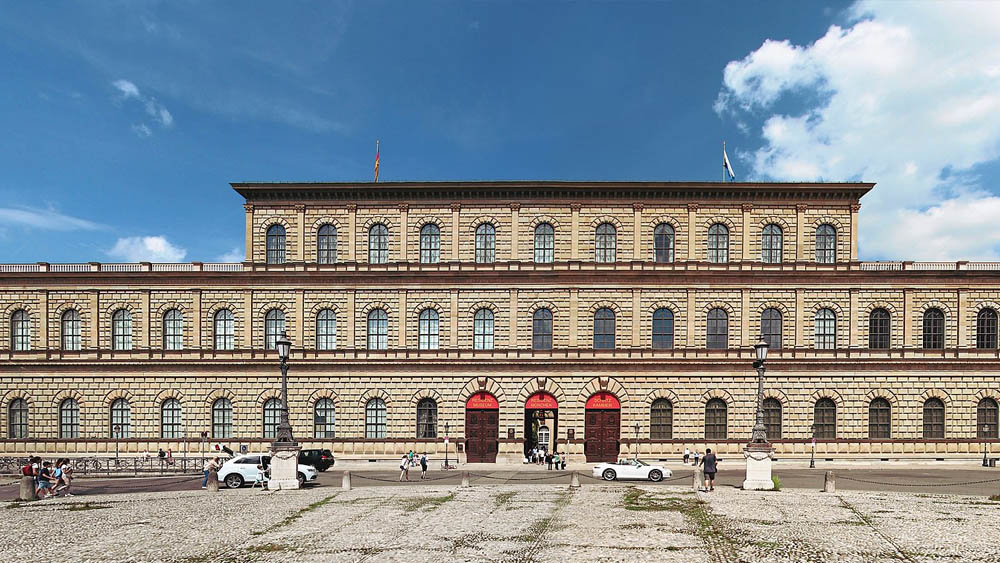
Residenz Museum (Residenzmuseum) is a historic palace complex located in Munich, Germany, and it is one of the largest interior museums in Germany. Originally serving as the former royal palace of the Kingdom of Bavaria, the Residenz was initiated in 1385 and expanded over time. Today, it has transformed into an impressive museum offering visitors a rich collection of art and history.
Residenz Museum occupies a section of the Residenz, which is a palace complex consisting of 130 rooms. The museum showcases various collections including furniture, artworks, decorative objects, porcelain, sculptures, and jewelry. These collections reflect the rich history, art, and culture of the Kingdom of Bavaria.
One of the most renowned sections of the museum is the Antiquarium. It displays valuable artifacts and sculptures from ancient Roman and Greek periods. Additionally, you can explore other sections such as the Ancestral Gallery, Rococo Palace, Ancestral Rooms, and the Theater Museum.
Residenz Museum provides visitors with an opportunity to delve deep into Bavarian history and art. The splendid decorations, elegant furniture, and precious artworks of the palace take visitors on a captivating journey through history. The museum also hosts special exhibitions and events that attract art enthusiasts.
I highly recommend visiting Residenz Museum to anyone traveling to Munich. It is an important museum shedding light on Bavaria’s rich cultural heritage and past. It offers a unique experience for those interested in art, history, and architecture. While exploring the museum, you will be in awe of the grandeur of Bavaria’s history and captivated by the enchanting artworks it houses.
Alte Pinakothek:
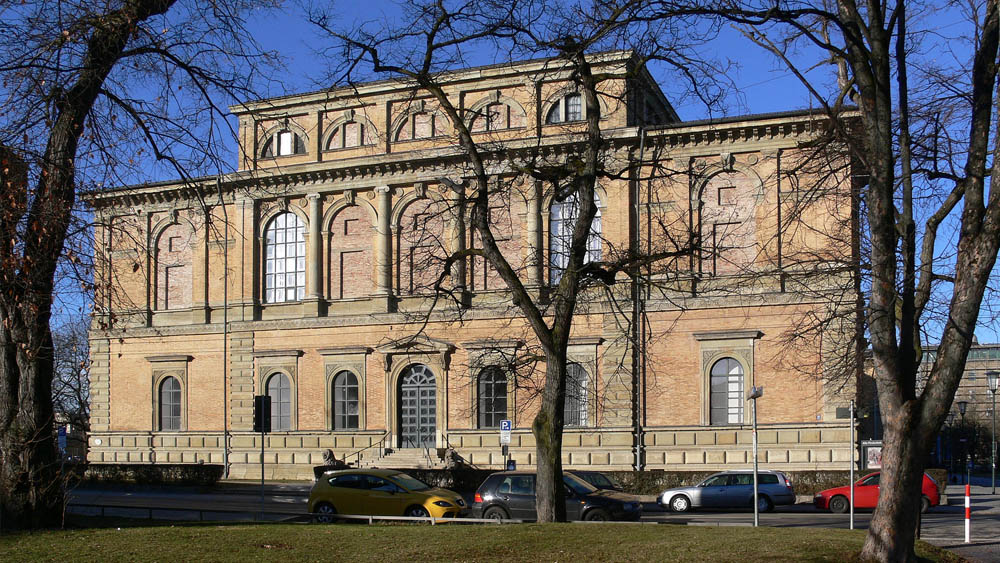
Alte Pinakothek is a famous art museum located in Munich. Its name translates to “Old Picture Gallery,” and it houses a valuable collection of artworks spanning from the Middle Ages to the Baroque period. Alte Pinakothek was founded in 1836 by King Ludwig I and is considered one of the oldest art museums in Europe.
The museum’s collection comprises over 700 paintings, many of which bear the signatures of renowned artists. Alte Pinakothek exhibits works by great masters from the Renaissance period, such as Botticelli, Dürer, Titian, Rubens, and Rembrandt. Additionally, the museum features portraits of Bavarian dukes and members of the royal family.
The architecture of Alte Pinakothek is also remarkable. The exterior of the building is constructed in the neoclassical style and impresses visitors with its carefully designed details. The interior is spacious and well-organized, providing a comfortable experience for exploring the artworks.
The museum is an excellent destination for art lovers and history enthusiasts. The works in Alte Pinakothek showcase examples from different periods and styles in art history. The skillfully crafted paintings enchant visitors with their beauty and demonstrate the power of art.
Alte Pinakothek is an important part of Munich’s rich cultural heritage and a must-visit place for anyone exploring the city. It offers an opportunity to delve into the captivating world of art. Those seeking to discover the wonders of art will have an unforgettable experience in this magnificent museum.
BMW Welt:
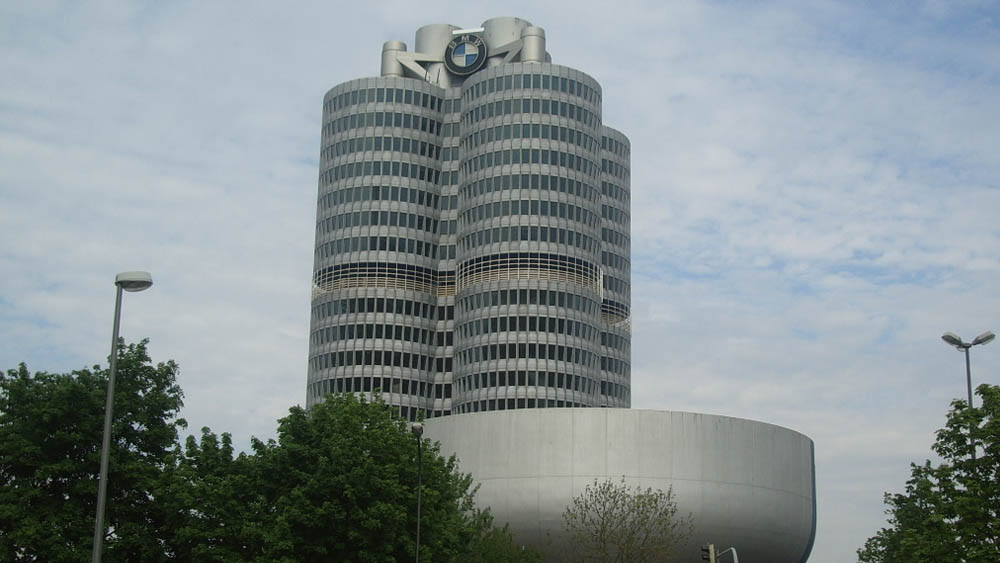
BMW Welt, also known as BMW World, is a unique experience and exhibition center for the BMW brand located in Munich. This modern structure features a design that reflects the values and innovative spirit of the BMW brand. BMW Welt has become a hub of attraction for car enthusiasts and BMW fans.
One of the significant features of BMW Welt is its automobile exhibition area, where the latest models of BMW vehicles are showcased. Here, you can closely examine BMW’s produced cars, sit inside them, and explore their technological innovations. Additionally, you can visit exhibitions that demonstrate BMW’s efforts in sustainability and its vision for the future.
Another important section of BMW Welt is the BMW Factory Tour. During this tour, you can explore BMW’s factory in Munich and get a close look at the automobile production process. While walking through their state-of-the-art production lines, you can observe how vehicles are manufactured and witness the assembly stages.
Furthermore, the restaurants, cafes, and shops within BMW Welt provide visitors with a delightful experience. You can purchase BMW-themed souvenirs, fashion items, accessories, and other products, allowing you to own specially designed items for BMW enthusiasts.
BMW Welt offers a unique experience for car enthusiasts and anyone interested in the BMW brand. It is an ideal place to discover the process behind automobile production, explore the brand’s innovative technologies, and delve into its future vision. We recommend that anyone traveling to Munich should visit BMW Welt. Here, you can closely experience BMW’s passion, excellence, and advanced technology.
Olympiapark:
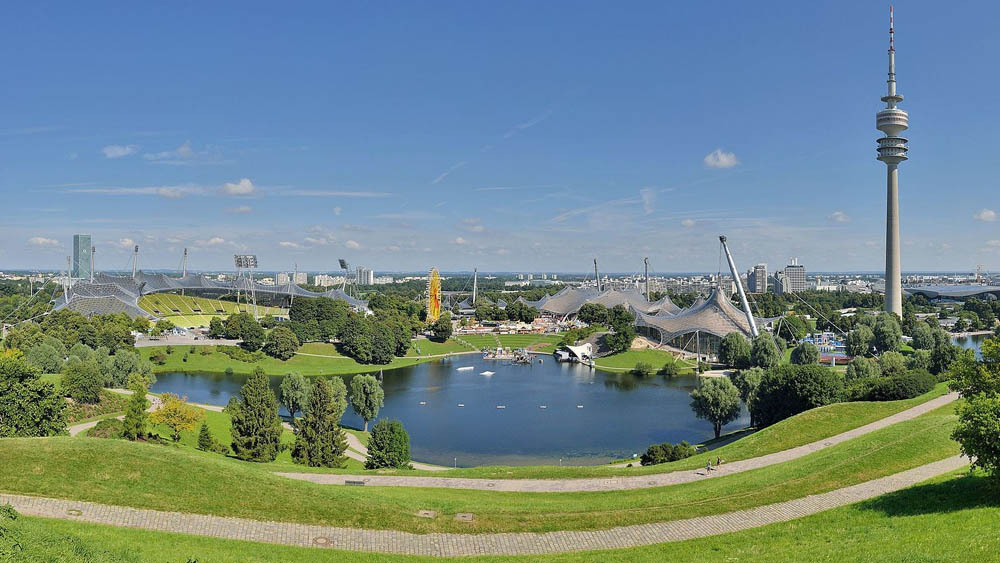
Olympiapark is an impressive sports and event complex located in Munich. This park was built for the Olympic Games and hosted the 1972 Summer Olympics. Today, it is a popular venue for sports events, concerts, festivals, and other social gatherings.
One of the most notable features of Olympiapark is the Olympic Stadium and the Olympic Tower on its roof. The Olympic Stadium has an impressive architectural design and can accommodate approximately 70,000 spectators. It is used for football matches, concerts, and other major events. The Olympic Tower, standing at 291 meters tall, offers a panoramic view of Munich. You can climb up the tower and enjoy the cityscape.
Other important highlights of Olympiapark include the Olympic Hall, Olympiasee (Olympic Lake), and Sea Life Aquarium. The Olympic Hall is a versatile arena used for sports events, concerts, and exhibitions. Olympiasee is an artificial lake within the park that provides a beautiful landscape. The Sea Life Aquarium is an ideal place for those who want to explore marine life.
Olympiapark also stands out with its vast green areas and walking trails. It provides an excellent environment for sports enthusiasts to engage in activities such as running, cycling, or walking. You can also have a picnic, lounge on the grass for sunbathing, or simply enjoy the beauty of nature.
Olympiapark is an iconic symbol of Munich and offers visitors a wide range of event and entertainment options. It is an ideal place for sports enthusiasts, nature lovers, and those who enjoy various activities. I recommend that anyone traveling to Munich should visit Olympiapark. Here, you can experience the excitement and beauty of the Olympics and have a unique and memorable experience.
Dachau Toplama Kampı:
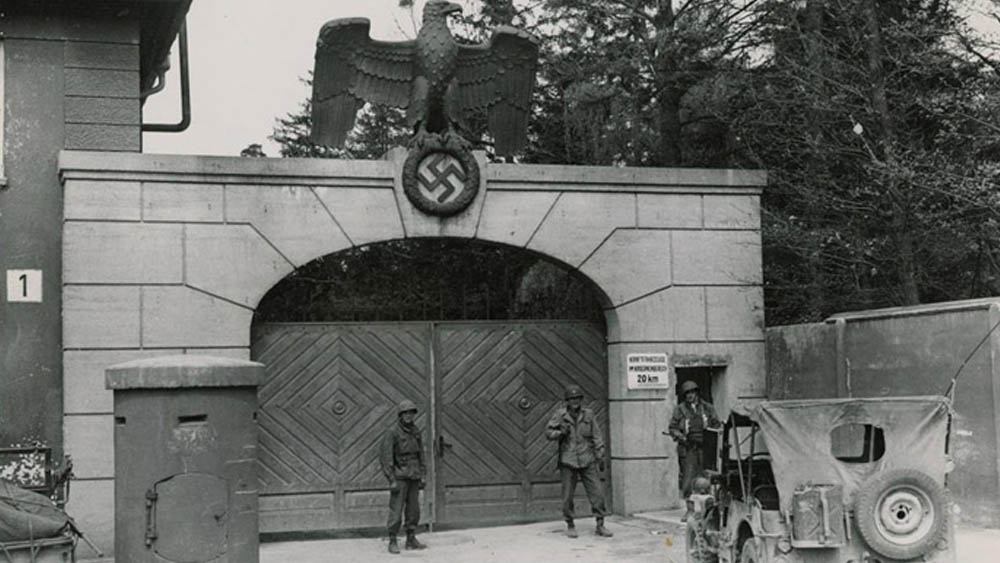
Dachau Concentration Camp was one of the most horrific and brutal concentration camps of Nazi Germany during World War II. It was located in Dachau, a town near Munich in southern Germany. The camp was established in 1933 following Adolf Hitler’s rise to power and operated for approximately 12 years.
Dachau Concentration Camp was a place where the Nazi regime imprisoned political dissidents, Jews, Sinti and Roma people, homosexuals, and other individuals deemed “undesirable.” The conditions in the camp were horrifying; prisoners were subjected to torture, mistreatment, and systematic killings. Many prisoners lost their lives due to hunger, disease, and torture.
Today, Dachau Concentration Camp serves as a memorial and museum. Visitors can explore the camp’s original buildings, cells, gas chambers, and monuments. Displayed documents, photographs, and personal testimonies are significant sources for understanding the history of the camp and experiencing the true extent of Nazi persecution.
Visiting Dachau Concentration Camp is an important opportunity to confront history and comprehend the horrors of the Holocaust. This experience sheds light on a dark period in human history and emphasizes respect for human rights and tolerance. However, this visit can be challenging and emotional. It is important for those interested in history and seeking to understand human tragedies.
Dachau Concentration Camp continues to exist as a memorial site to remind us of the horrors of the Nazi regime and to learn a lesson on behalf of humanity. This visit helps create awareness about history and human rights and assists future generations in learning from past mistakes.
Munich is a captivating city with a rich history, impressive architecture, and a vibrant atmosphere that appeals to everyone. The iconic places mentioned above are just a few of Munich’s significant points of interest. While exploring the city, you can experience its historical and cultural wealth, delicious local cuisine, and lively atmosphere.


















